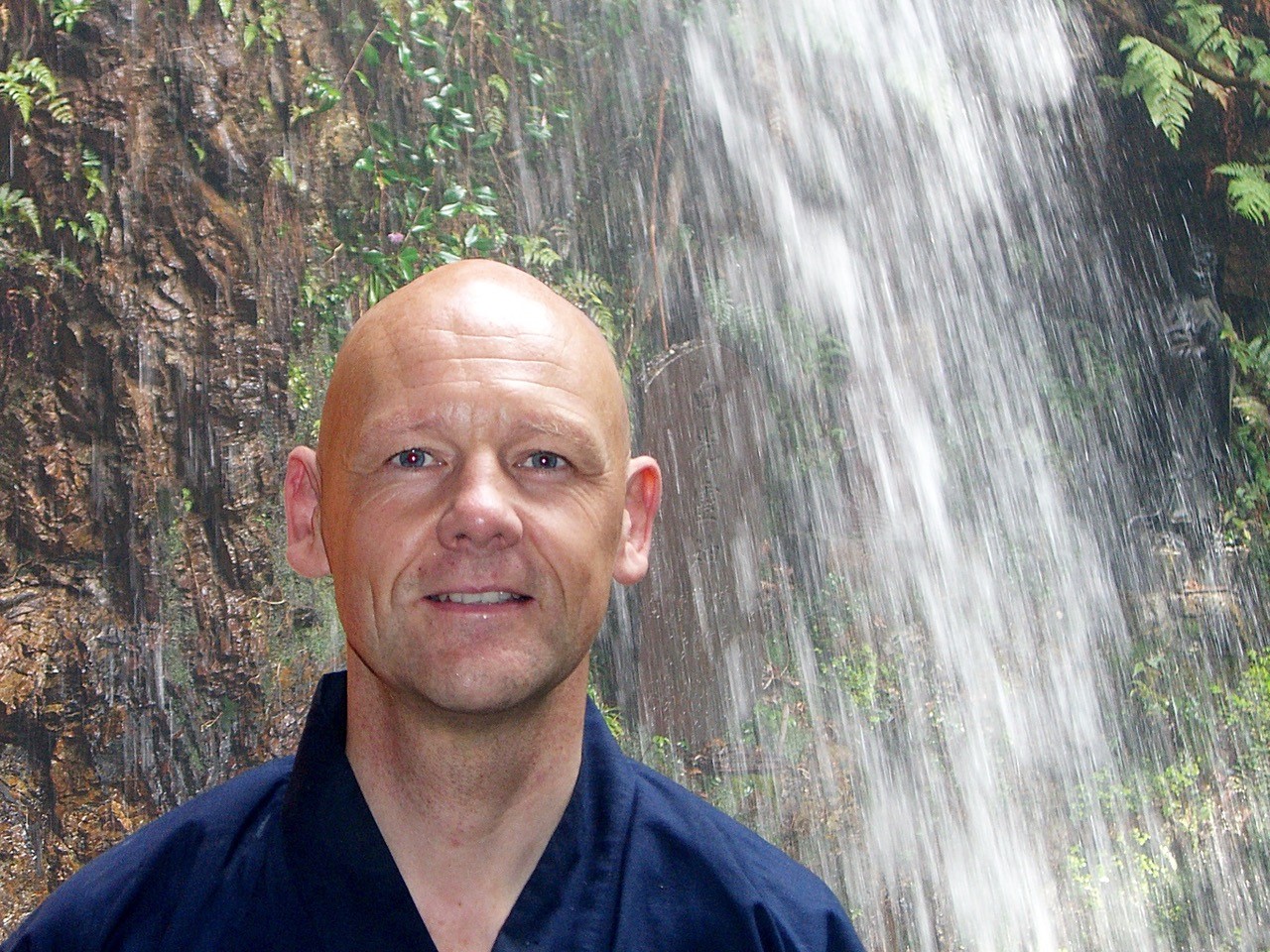Before you begin, find a peaceful space, where you're unlikely to be interrupted. Light a candle or some incense if you feel you'd like to...
1 Start with a yoga pose
If you feel comfortable to do so, try starting meditation practise by doing a simple yoga pose. This is a good way to begin to let go of any stress that has built up through the day and help prepare your mind. For seasoned yogis - do whatever feels good. Child's pose is an easy one to try, if you aren't familiar with yoga already. Come to a kneeling position on the floor, keep your feet together but your knees hip-width apart. Lower your upper body so your forehead is touching the floor and extend your arms in front of you, placing your palms face down on the floor. Let yourself rest here for as long as feels good.
2 Get comfortable
Now it's time to get comfortable for your practise. First, stretch, wriggle, shake the body. Allow as much stress to discharge as you can and then return your body to an upright, balanced alignment. In Zen we have a saying iigi soku buppo - "correct alignment or form is the Buddha Dharma". Sit like a Buddha and start to feel like a Buddha. The key aspect to correct form is the relaxed poise in your trunk, spine long, chin drawn slightly back, hands in your lap, eyes soft and lowered.
3 Breathe right
When the body is poised and upright you can breathe well. A stressed person breathes in the chest. A relaxed person's breath is powered by the diaphragm and can be felt in the abdomen. When you consciously change your breathing, you automatically change how you feel. In Zen we rest the attention on the movement of the abdomen, not trying to force or manipulate the breath but simply staying with the sensations generated by this rising and sinking. In his instructions on practice with the breath, the Buddha tells us to "be mindful of the body in the body." In other words you're not standing outside looking at the breath, you're in it, surfing it.
4 Centre your attention
Centre your attention on the breath but nevertheless maintain an open mind and an open heart. Allow all the processes of life, including the thoughts, feelings, frustrations and worries to arise and pass.
Ideally you're not holding on to anything, not pushing anything away. If you find yourself getting dragged into thinking, rumination and worry, narrow your attention onto the breath. If your internal processes can flow easily, allow your breath focus to soften and broaden.
Sometimes particular thoughts or feelings or emotions might be persistent. It may feel like they're calling for your attention. In this case, give it to them. We have a saying in Zen, "The lotus blooms in the middle of the fire". When there is distress, sit in the middle of it. Find the physical seat of the feeling or emotion and simply be there. Shift your attention from the breath and simply be right in the middle of the distress. If the feelings get too intense, by all means have a break - come back to the breath, but when you can, stay with the physical location of the distress. I guarantee it will start to change. It may dissipate, turn to heat, move somewhere else, even intensify for a bit, but it will change and eventually release. Then you can come back to the breath.
5 Try counting the breath
It's completely normal and natural for the mind to wander away. Another good trick to help yourself continue in a state of restful clarity is to try counting your breath. Remain aware of your breath and start mentally counting in-breath, one...out-breath, two. In-breath, three...out-breath, four. And so on, up to ten, when you can start again at one. It's very simple. Just counting. Just breathing. Any thoughts, feelings, memories, anything at all, can arise, stay around and pass - but your focus point, the centre of your attention, is the breathing deep down in your body. Any time you get distracted and lose count, just come back to your breath and start again at one. As your mind becomes more focused and concentrated, naturally you'll find your breath softens. As your breath becomes more light and gentle, your body becomes more and more relaxed and comfortable.
6 Be gentle with yourself
When it's time for you to finish your meditation, it's important to give yourself a little time. Gently, become aware of the edges of your body, sway your body side to side and have a good stretch if you want.
Julian Daizan Skinner is a London-based Zen teacher, founder of Zenways and author of Practical Zen: Meditation and Beyond



